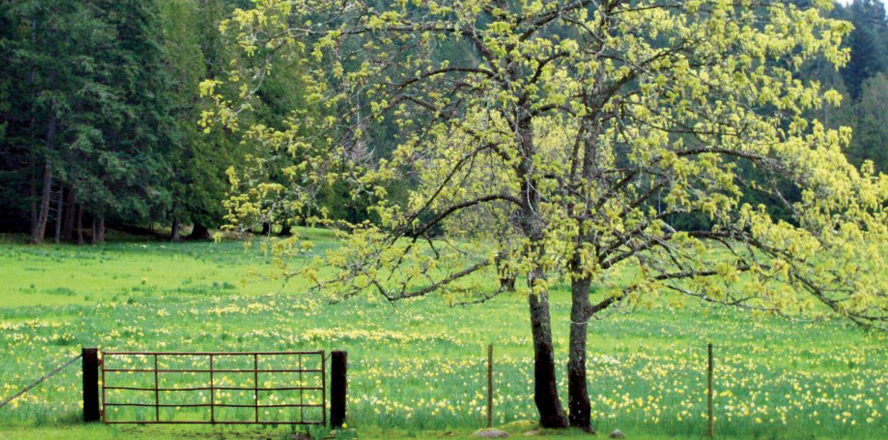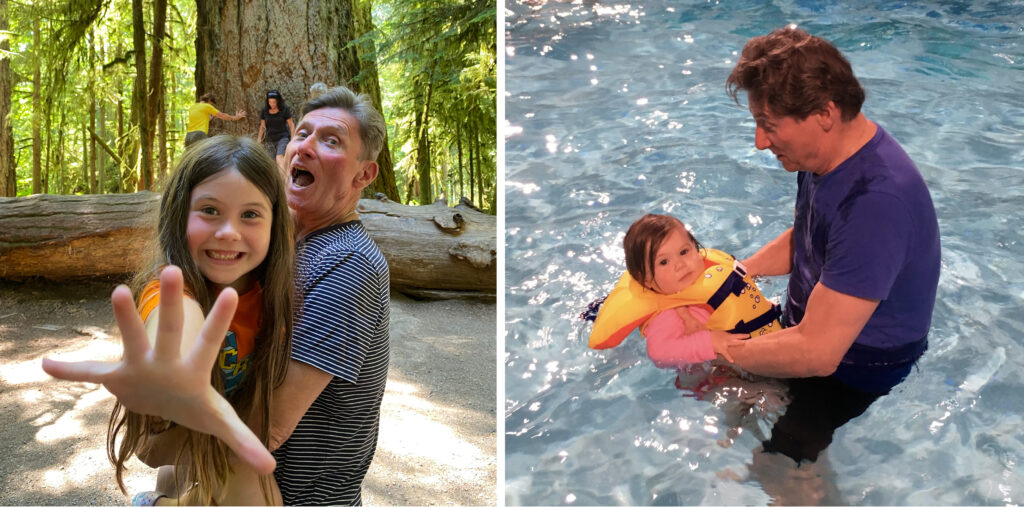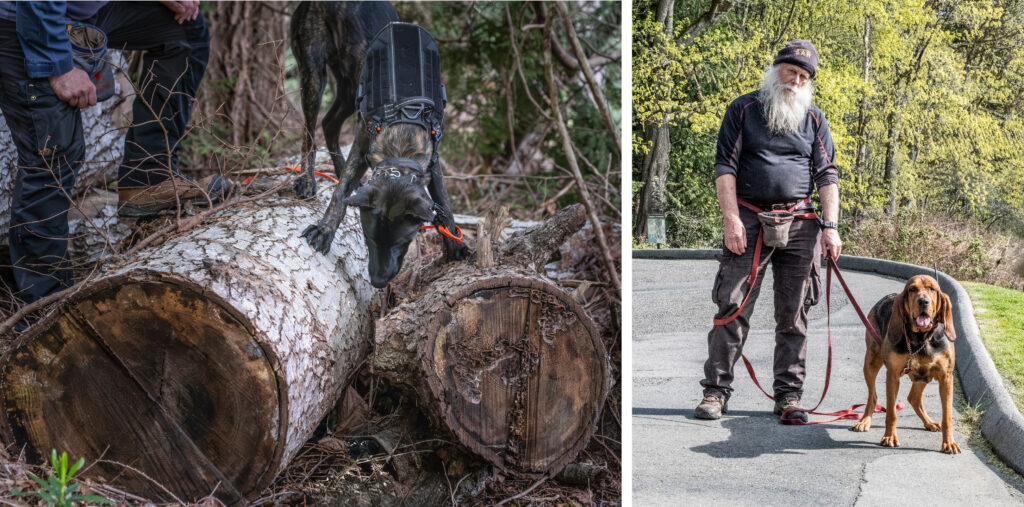by Barry Mathias –
Set amid the beautiful Southern Gulf Islands, Mayne Island is a vibrant community with an interesting history. Named after Lieutenant Richard Charles Mayne who served on the survey ship H.M.S.Plumper in the 1850s, the Island had been inhabited for more than 5,000 years by the Cowichan and Coast Salish peoples, and today, the Tsartlip First Nation have territorial rights to the Helen Point Reserve.
Miners Bay is an economic centre for the Island, and was named after the prospectors who travelled from Vancouver Island to the mouth of the Fraser during the 1858 Gold Rush, using this attractive cove as a halfway stop. The first homesteaders arrived in 1859, and during the 1800s, Mayne was both the social and commercial centre of the Gulf Islands. Today, the population is around 1,071 (2011 census).
Before the Second World War, a flourishing Japanese settlement established an important tomato industry on the Island. They were popular and hardworking folk who began to settle in 1900, but in 1942 were interned in prison camps in the interior, and few ever returned. Today, thanks to the commitment of many Mayne residents, especially Commissioner Don Herbert, the now famous Japanese Garden was established in Dinner Bay Park.
This is a tranquil place, both unusual and beautiful. Entering through a replica of a Japanese gate, surrounded by tall trees, one follows along paths that cross a stream, past a waterfall and lead to a well-established pond with an ornamental island in the middle. On all sides, camellias, fuchsias and rhododendrons compete with tall shrubs and plants, which can be admired from artistically placed seats; there is even a quiet “secret” garden. This garden commemorates the Japanese people who lived here, and is a tribute to the many artisans, tradesmen and volunteers who created this idyllic place.
The Island is actively embracing environmental issues. “There are a number of residents whose houses are off the grid,” says Brian Crumblehume, an Islands’ Trustee in his second term.
“They collect their own water, use solar panels for lighting and geothermal devices for heating.” Larger houses use heat exchangers and heat pumps.
Brian is an energetic participant in theatre, dance and numerous environmental committees. “There is an effort to reduce our reliance on the car, resulting in an increasing interest in walking and cycling,” he says. To this end, a 2.4-kilometre walking/cycling path to Village Bay is in its final stages of planning.
Also, a Mayne Island Bus was established in 2013. This is a community bus with volunteer drivers. It runs Friday, Saturday and Sunday in the winter, and every day during the summer. There are also a number of electric cars in regular use.
Using Car Stops is another way of getting around, and 25 stops were established in 2009, following their introduction on Pender Island.
The Island has many farms, including a number of organic ones. Don McDougall and his wife Shanti have managed historic Deacon Vale Farm (established 1870) since 1995, producing fine vegetables, beef and sheep, much of which they sell at their shop, appropriately named Farm Gate Store. “We began the shop five years ago,” says Don. “In the summer we sell the most wonderful tomatoes.”
Brenda Dean, a realtor with RE/MAX, sums up Mayne Island: “We are a friendly, welcoming community with respect for the environment. Come feel the magic!”
Photos courtesy Barry Mathias and Linda Dzus.




